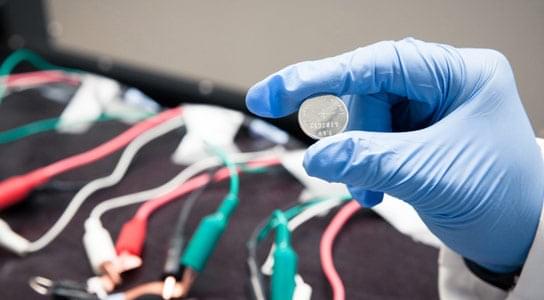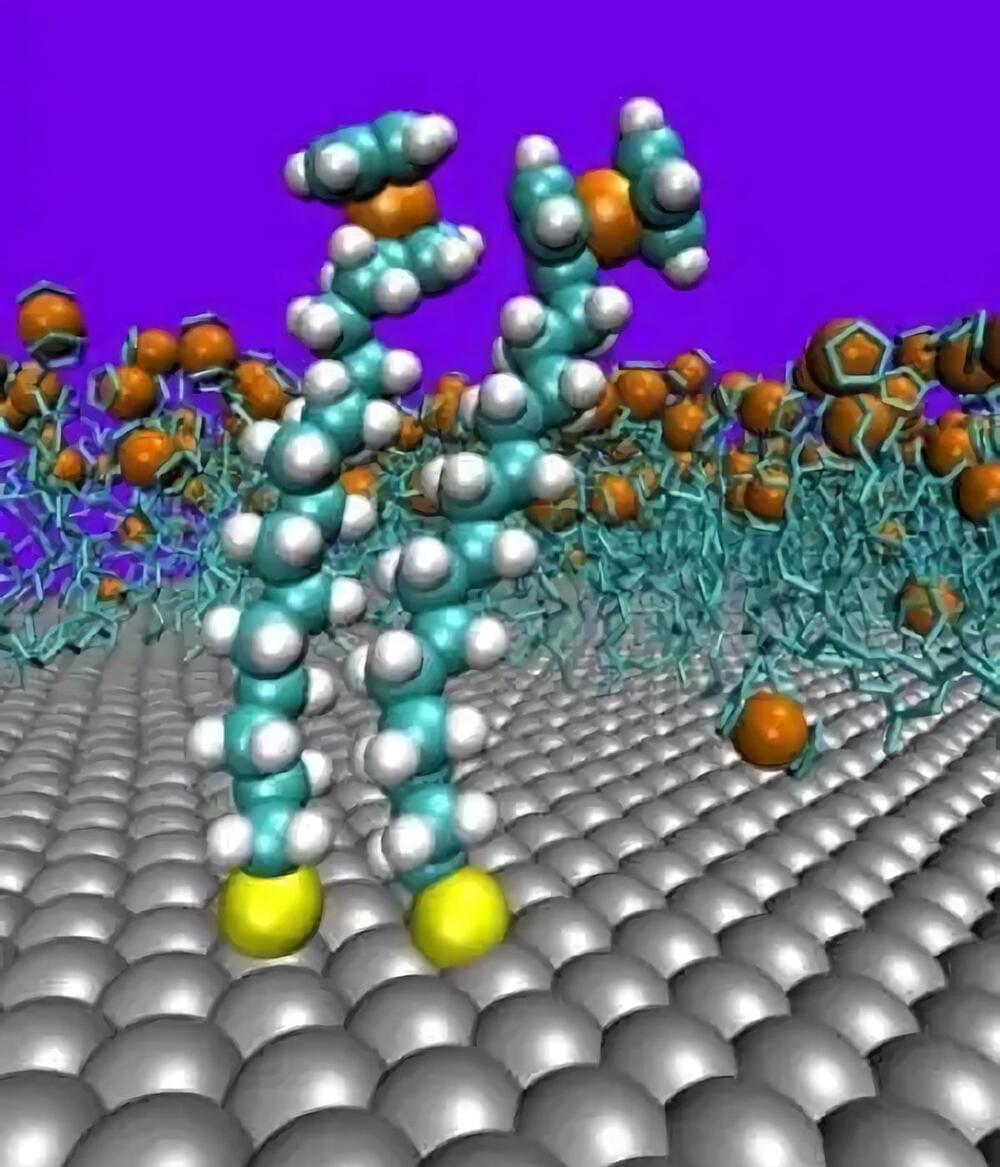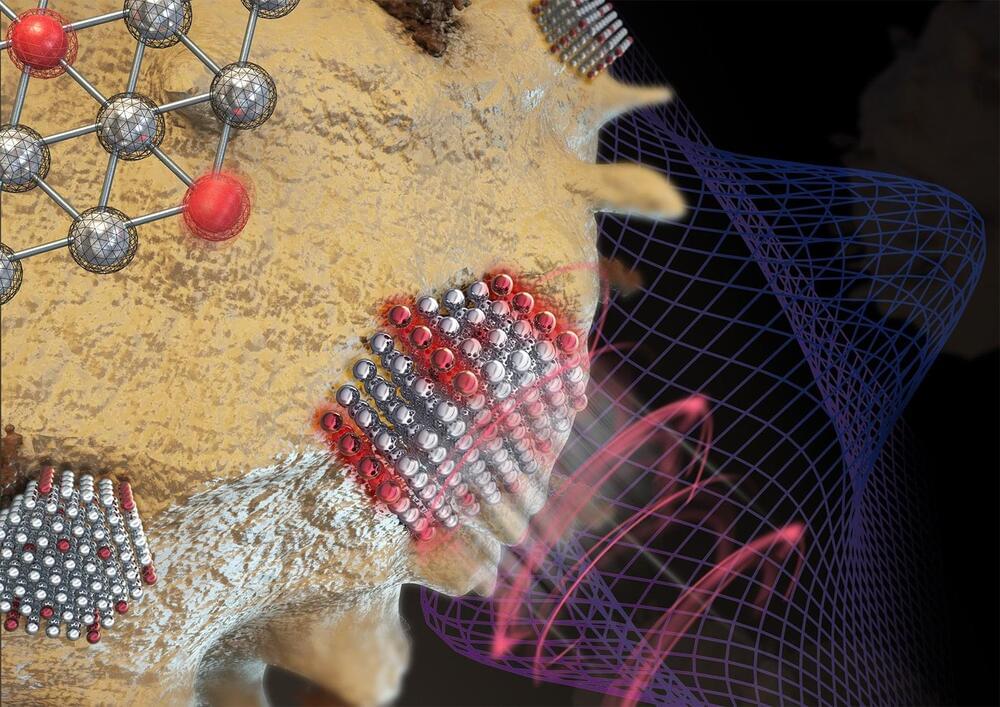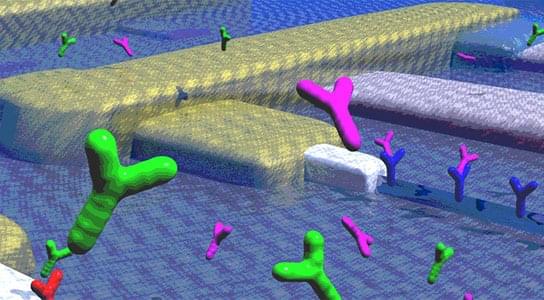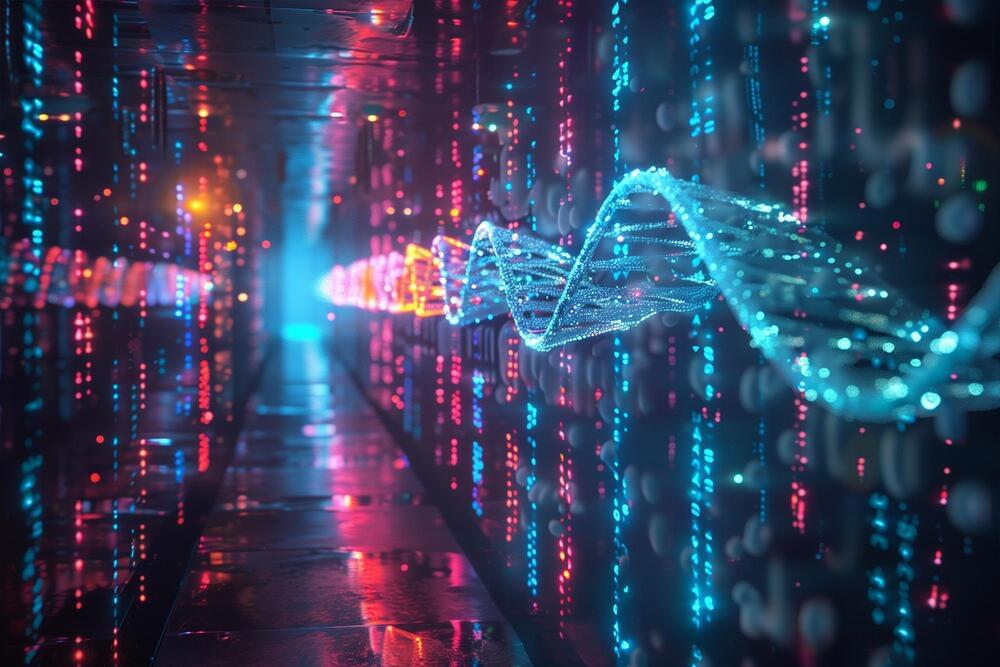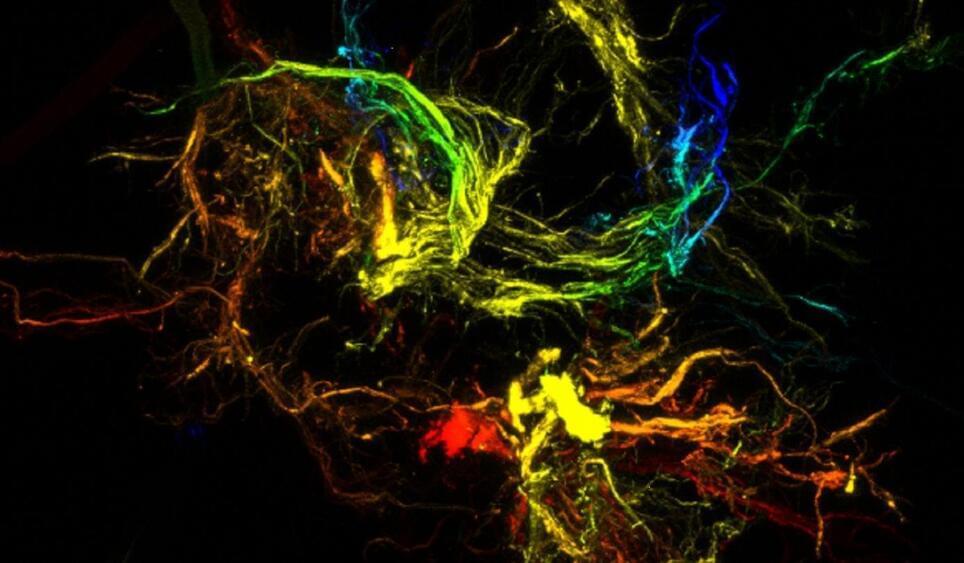Oct 12, 2024
Scientists Develop Self-Healing Battery Electrode
Posted by Dan Breeden in categories: mobile phones, sustainability, transportation
Using self-healing silicon microparticles, scientists have developed the first battery electrode that heals itself.
Researchers have made the first battery electrode that heals itself, opening a new and potentially commercially viable path for making the next generation of lithium-ion batteries for electric cars, cell phones, and other devices.
The secret is a stretchy polymer that coats the electrode, binds it together, and spontaneously heals tiny cracks that develop during battery operation, said the team from Stanford University and the Department of Energy’s SLAC National Accelerator Laboratory.
